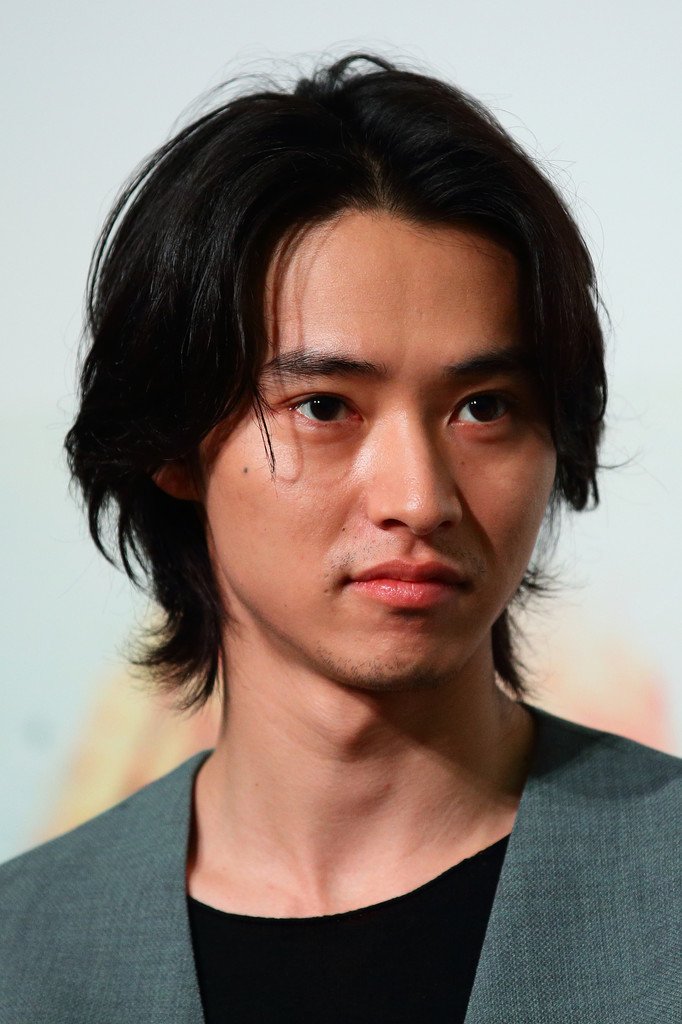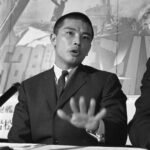How Japanese Actors Prepare for Roles
- By -Maria Mash
- Posted on
- Posted in Actors
Japanese actors are known for their intense and dedicated approach to preparing for roles. Their preparation techniques often involve a deep dive into their characters, blending traditional practices with modern methods. Understanding how Japanese actors prepare can offer valuable insights into their craft and help aspiring actors enhance their own techniques. Here’s a look at how Japanese actors get ready for their roles.
1. Immersive Research
Japanese actors often start by immersing themselves in extensive research. They delve deeply into the background of their characters, studying historical contexts or psychological profiles. For period roles, actors might research the era’s customs, language, and social norms. This thorough research helps them accurately portray their characters’ emotions and motivations. By understanding their characters’ backgrounds, actors bring authenticity to their performances.

2. Physical Training and Transformation
Physical preparation plays a crucial role in Japanese acting. Actors frequently undergo physical training to transform their bodies to fit their roles. This can include martial arts training, dance, or intense fitness regimes. For instance, an actor preparing for a samurai role might train in traditional sword fighting. Physical transformation helps actors embody their characters more convincingly and enhances their on-screen presence.
3. Emotional Preparation and Method Acting
Emotional preparation is essential for Japanese actors. Many use method acting techniques to deeply connect with their characters. They might spend time reflecting on their characters’ emotions, experiences, and relationships. This might involve living in similar environments or engaging in activities that mirror their characters’ lives. By immersing themselves emotionally, actors can deliver more nuanced and genuine performances.
4. Collaboration with Directors and Co-Stars
Collaboration is a key part of the preparation process. Japanese actors work closely with directors and co-stars to understand the vision of the production. They often engage in discussions and rehearsals to align their performances with the overall direction of the film or play. This collaborative approach helps actors integrate their individual performances into a cohesive whole.
5. Use of Traditional Techniques
Japanese actors also incorporate traditional techniques into their preparation. For example, some actors practice “Noh” or “Kabuki” acting methods. These traditional forms of theater emphasize precise movements and vocal techniques. By studying these methods, actors gain a deeper understanding of character portrayal and expression. Incorporating traditional techniques can enrich their performances and add a unique dimension to their roles.
6. Psychological Preparation and Visualization
Psychological preparation is another important aspect of an actor’s process. Japanese actors often use visualization techniques to mentally prepare for their roles. They might visualize their character’s experiences or imagine themselves in specific scenes. This mental rehearsal helps actors build a stronger connection with their characters and enhances their ability to react spontaneously during performances.
7. Rehearsal and Practice
Rehearsal is a critical phase in the preparation process. Japanese actors spend considerable time rehearsing their lines, movements, and interactions. They might practice in front of a mirror or with fellow actors to refine their performances. Rehearsals help actors become familiar with their roles and improve their delivery. They also provide opportunities to experiment with different approaches and find the best portrayal of their characters.
8. Continuous Learning and Adaptation
Finally, Japanese actors are committed to continuous learning and adaptation. They constantly seek new techniques and feedback to improve their craft. This dedication to growth helps them stay versatile and adapt to various roles. By embracing new methods and staying open to learning, actors maintain a high level of performance and keep their skills sharp.
Final Thoughts
Japanese actors prepare for their roles with a blend of intense research, physical training, emotional depth, and traditional techniques. Their commitment to authenticity and collaboration enhances their performances and brings characters to life. By understanding these preparation methods, aspiring actors can gain valuable insights into their craft. Embracing these techniques can lead to more compelling and authentic performances, whether on stage or screen.



